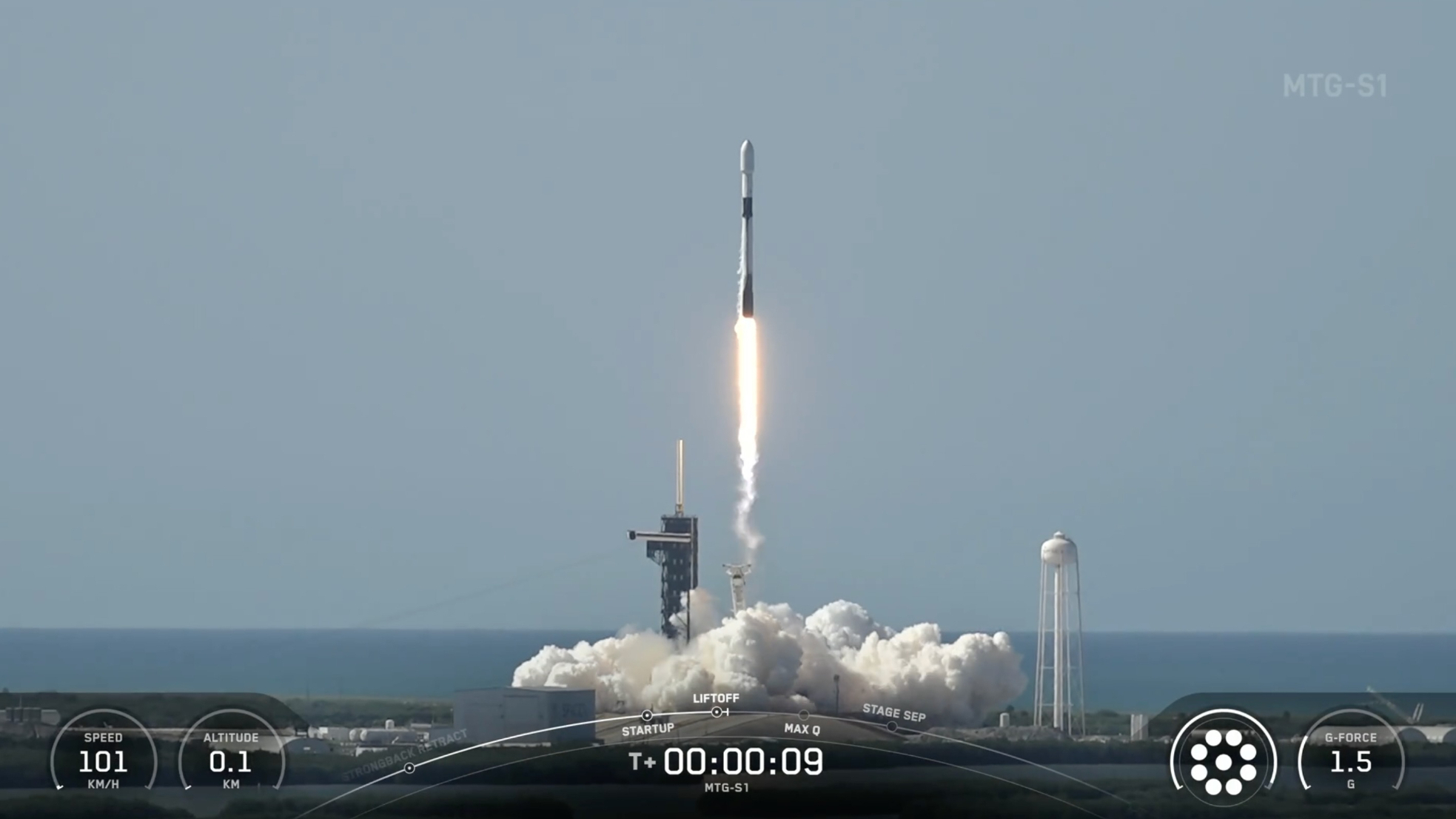The Leonid meteor shower peaks tonight (Nov. 17)
The Leonids is one of the most prominent annual meteor showers producing fast and bright meteors for skywatchers willing to brave the cold.

On the evening of Thursday, Nov.17, leading to the morning of Friday, Nov. 18, 2022, the Leonid meteor shower will peak offering skywatchers willing to brave the biting cold an increased opportunity to spot streaks of light or the odd fireball over Earth.
Lasting from Nov. 6 to Nov. 30 this year the Leonids is recognized as one of the most prolific meteor showers experienced by Earth. Through the Leonids peak meteor-production rate period on Friday, the best way to see the Leonids is to look for the shower's radiant point located in the constellation of Leo. Be sure to move your gaze to nearby constellations as meteors further from the radiant tend to have longer trains (glowing trails of debris) and are easier to spot.
From a position in New York City, the Leonid meteor shower becomes visible after around 22:49 EST (0349 GMT) each night when its radiant point in Leo rises above the eastern horizon, according to In the Sky.
Related: Meteor showers 2022: Where, when and how to see them
The opportune time to spot Leonid meteors is when the meteor shower's radiant point is at its highest in the sky at about 06:00 EST (1100 GMT) but this is short-lived as the shower disappears as dawn breaks around 14 minutes later.
In good viewing conditions such as a dark sky with no light from the moon, skywatchers could expect to see between 10 to 15 meteors per hour, but obviously, real-world conditions mean the actual number spotted is less than this.
From Nov.16 and leading up to the Nov. 18 morning peak the fact that the moon is only about 36% full provides a great opportunity to observe the Leonids even prior to their peak.
Breaking space news, the latest updates on rocket launches, skywatching events and more!
Right ascension: 11 hours
Declination: 15 degrees
Visible between: Latitudes 90 and minus 65 degrees
Meteor showers are created when the Earth conducting its yearly orbit of the sun passes through a cloud of debris left as a comet on a much more elongated orbit came close to the star heating up and shedding material.
This material enters Earth's atmosphere at high speeds vaporizing and causing streaks of light that we call meteors. Larger pieces of debris, often the size of pebbles, explode as fireballs over Earth as they enter our planet's atmosphere.
The Leonid meteor shower is caused by a debris cloud left in Earth's path by Comet Tempel-Tuttle, a 2.2-mile-wide (35-kilometer-wide) comet that orbits the sun roughly once every 33 years.
When Earth passes through this debris cloud once a year in November, debris from Comet Tempel-Tuttle enters Earth's atmosphere at around 160,000 miles per hour (257 kilometers per hour) creating streaks of light and the occasional fireball.
Around every 33 years or so, the debris from this comet creates what is known as a 'meteor storm' which is defined as having at least 1,000 meteors per hour. This year's Leonids will not be a meteor storm meaning that even at its peak, it will fall far short of the spectacular meteor storm that lucky skywatchers saw on the morning of November 17, 1966.
On this day in November 56 years ago the Leonids produced one of the most infamous meteor showers in living memory with thousands of meteors seen every minute during a 15-minute period that morning.
Further back in time, the Leonid meteor storm in 1833 was even more spectacular with debris raining from space and through Earth's atmosphere at a rate of an estimated 100,000 meteors per hour.
Related: The greatest meteor storms of all time
The last Leonid meteor storms took place from 1999 to 2001 and though they were more subdued than in 1833 and 1966 they still managed to produce around 3,000 meteors per hour.
Meteor storms are most prominent around the times of the comet's close approach to the sun, the perihelion. Comet Tempel-Tuttle's last close approach to the sun occurred in 1998 and the comet will be back close to our star to replenish the debris field that feeds the Leonid meteor shower in 2031.
The Earth isn't predicted to pass through any dense patches of the comet's debris until 2099 meaning skywatchers may not see another spectacular Leonid meteor storm until the end of this century.
If you want more advice on how to photograph the Leonid meteor shower check out our how to photograph meteors and meteor showers guide and if you need imaging gear, consider our best cameras for astrophotography and best lenses for astrophotography.
Editor's Note: If you snap the Leonid meteor shower and would like to share it with Space.com's readers, send your photo(s), comments, and your name and location to spacephotos@space.com.
Follow us on Twitter @Spacedotcom or on Facebook.
Join our Space Forums to keep talking space on the latest missions, night sky and more! And if you have a news tip, correction or comment, let us know at: community@space.com.

Robert Lea is a science journalist in the U.K. whose articles have been published in Physics World, New Scientist, Astronomy Magazine, All About Space, Newsweek and ZME Science. He also writes about science communication for Elsevier and the European Journal of Physics. Rob holds a bachelor of science degree in physics and astronomy from the U.K.’s Open University. Follow him on Twitter @sciencef1rst.
